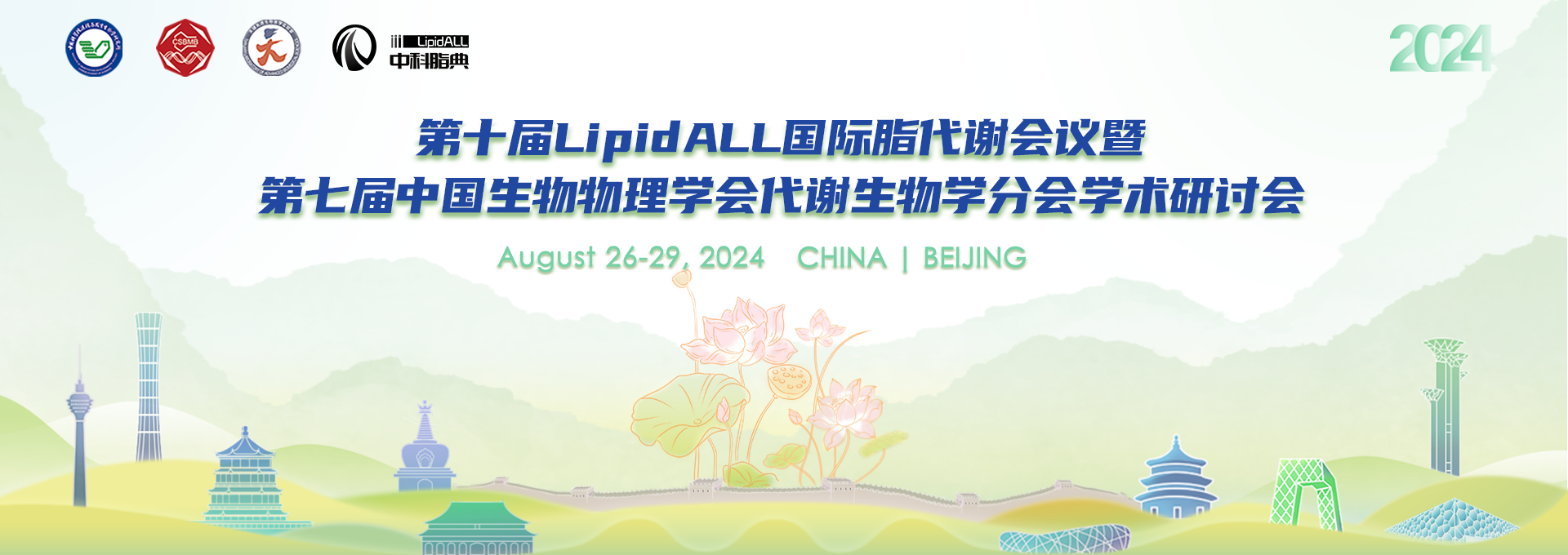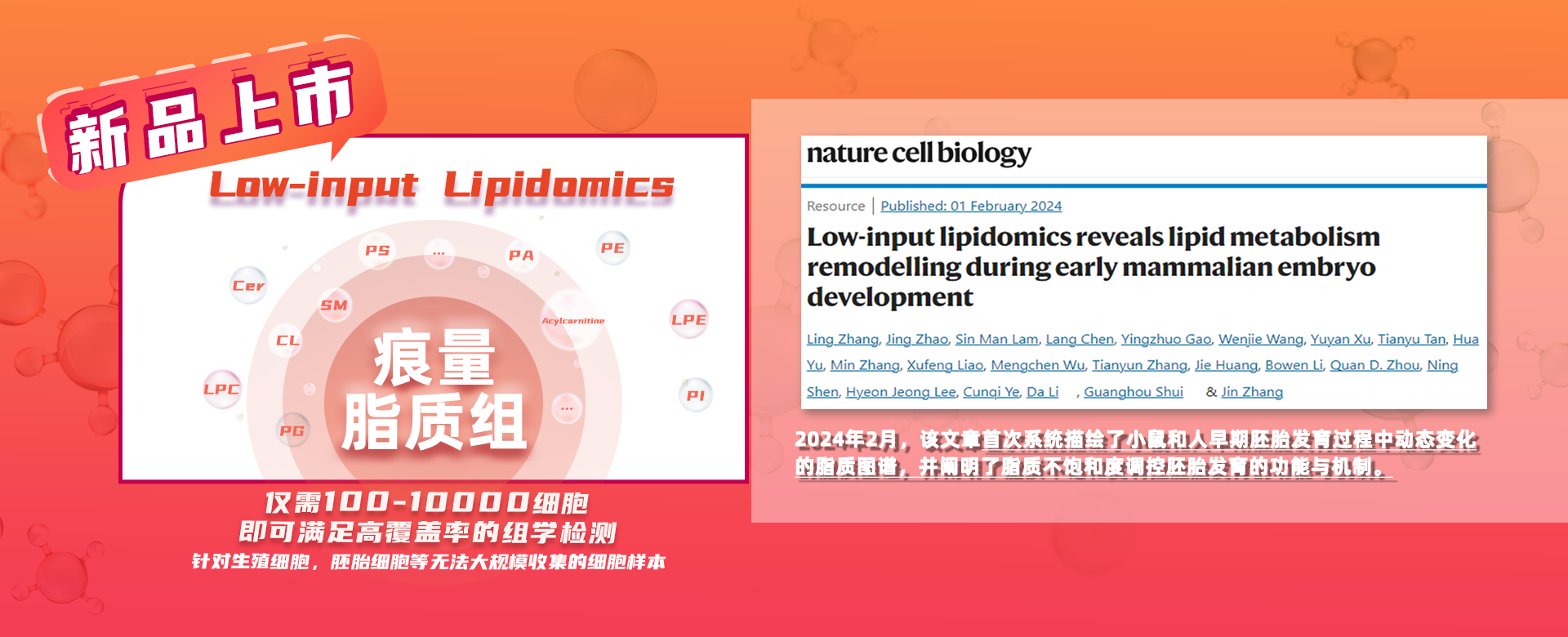Ho Yi MAK 教授
Ho Yi MAK
PhD University College London
Associate Professor at Hong Kong University of Science and Technology
Research Interests
Regulation of feeding behaviors and fat storage
Obesity is the leading cause of type-2 diabetes, cardiovascular diseases and hypertension, the so-called Metabolic Syndrome. We are broadly interested in how body fat level is maintained in animals and how it can be disrupted through genetic and dietary perturbations. Our laboratory uses the nematode C. elegans and mammalian cells to elucidate the genetic pathways and molecular mechanisms that regulate food intake, fat storage and mobilization. Most of our studies begin with large-scale forward genetic screens in C. elegans. We then employ genetics, lipid and protein biochemistry, high-throughput sequencing technology, fluorescence microscopy and nanoscopy to address our questions at a molecular level.
Fat storage and mobilization
The lipid droplet is the subcellular organelle where neutral lipids are stored. In metazoans, lipid droplets vary in number and size in different tissues, and they undergo dynamic changes that reflect the metabolic status and dietary intake of the organism as a whole. One of our long-term goals is to identify the genetic pathways that govern lipid droplet size and number. We have isolated many mutants that accumulated grossly enlarged lipid droplets. Molecular cloning of these mutants revealed a role for peroxisomal fatty acid beta-oxidation in the regulation of lipid droplet size. In the future, we will address the following questions:
(1) What are the dietary factors that modulate lipid droplet size?
(2) What are the molecular mechanisms that govern lipid droplet fission and fusion?
(3) What is the molecular basis of lipid droplet heterogeneity?
(4) How do lipid droplets couple with the endoplasmic reticulum functionally?
(5) How are proteins selectively targeted and retained on the lipid droplet surface?






